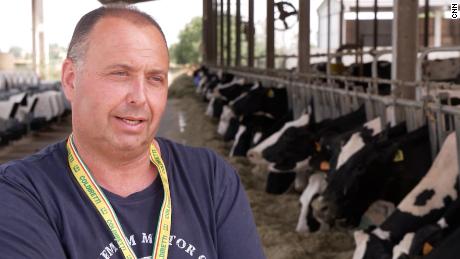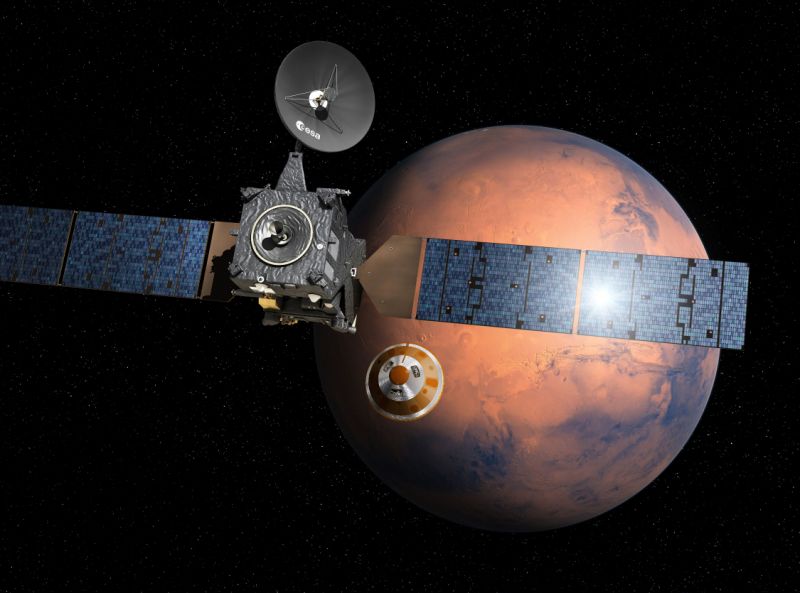
On the River Po, Italy (CNN)The main artery that cuts through Italy’s heartland, where 30% of its food is produced, is the 650-kilometer-long (400-mile-long) River Po, which winds its way from the Alps to the Adriatic Sea on Italy’s northeast coast. But a dry winter and spring mean this year it’s in trouble.
The “Big River,” as it is known, plays an integral role in the nation’s history. Before bridges were built, its deep waters protected civilizations on either side from invaders who could not cross.
In later years, cities and industries sprouted on its banks and made use of the water for hydropower, transportation and irrigation. Along some sections of the River Po, processing plants turn the muddy river into drinking water.
The Po is fed by winter snow in the Alps and heavy rainfall in the spring that often leads to devastating floods. At a café near the banks of the river, close to the city of Mantova, a measuring stick on the wall indicates how high the water has risen. In 1951, it nearly touched the roof.
But in 2022, things are very different. An unusually dry winter meant snow melt was scarce and spring rains only sporadic, which has led to the worst drought in the northern regions of Italy in more than 70 years, a regional agency for the River Po confirmed.
As a result, the Po is hitting record low water levels, according to the European Space Agency. An animation from the agency’s Copernicus Sentinel-2 satellite mission reveals how the river has “significantly shrunk” between June 2020 and June 2022.




